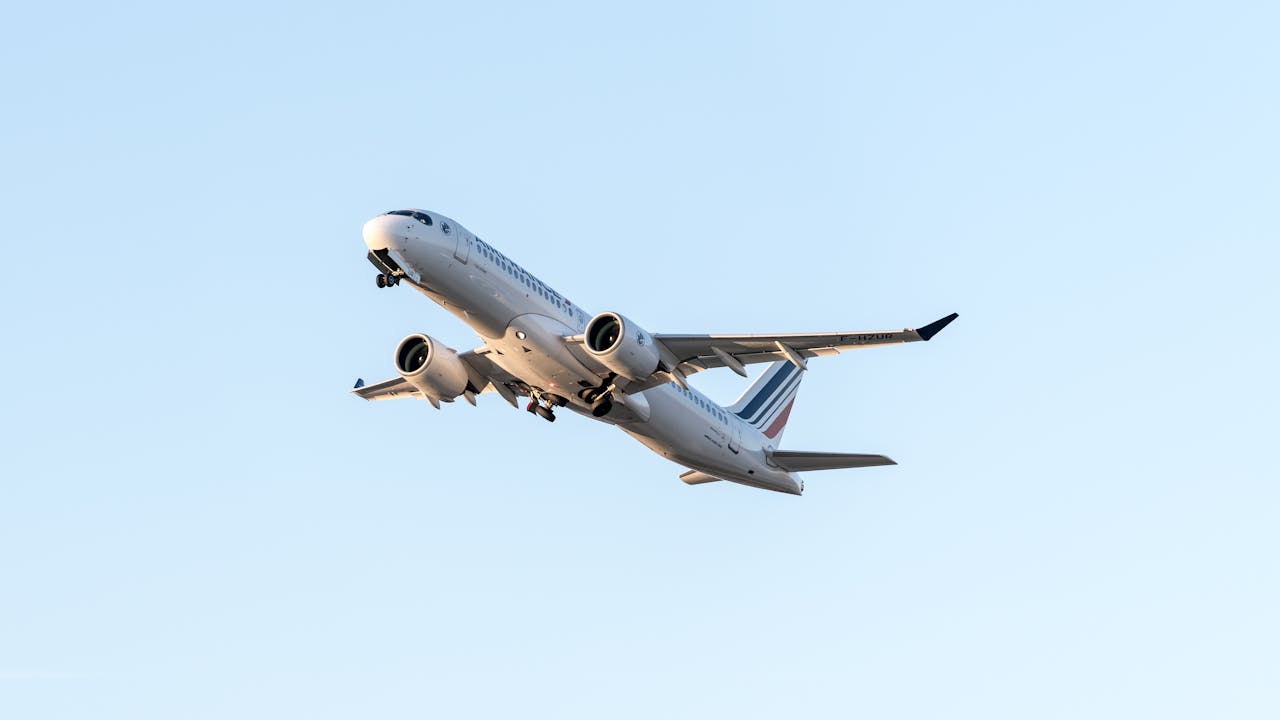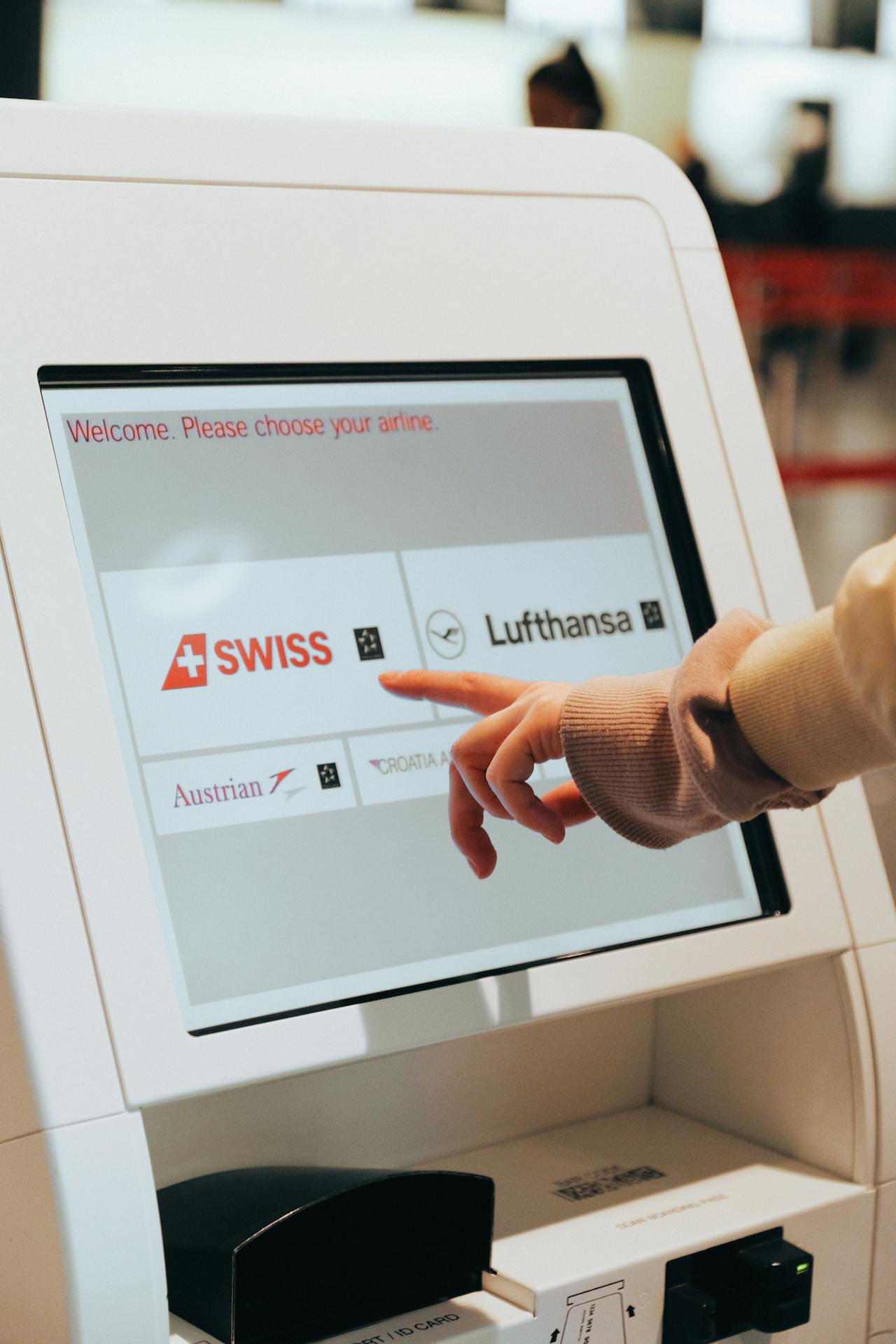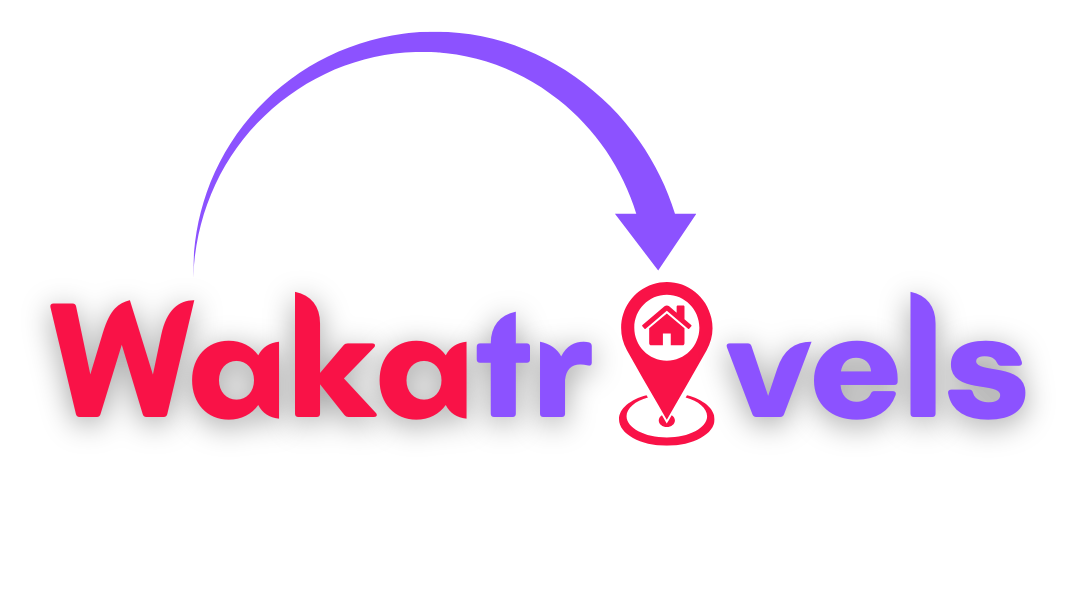
Last summer, I spent three months hopping around Europe on a shoestring budget. What I quickly discovered? The days when European air travel meant remortgaging your house are long gone. Between sipping €1 coffees in Lisbon and accidentally boarding the wrong train in Budapest (more on that fiasco later), I became something of an accidental expert on navigating Europe’s kaleidoscope of budget airlines and booking tricks.
Here’s everything I learned about scoring cheap flights within Europe—without ending up stranded at some obscure regional airport at 3 AM with nothing but a half-eaten protein bar and regrets.
The European Flight Landscape: Not Your American Skies
If you’re coming from the States like me, you’ll need to rewire your brain when it comes to European air travel. Forget everything you know about Delta’s baggage allowance or American Airlines’ miles program. Europe plays by entirely different rules.
Unlike America, where a handful of major carriers dominate the skies, Europe is teeming with budget airlines that sound more like tech startups than transportation companies. Ryanair, EasyJet, Wizz Air, Vueling—these are the workhorses of European air travel. They’ll get you from Madrid to Berlin for less than the cost of a decent dinner. Seriously.
But remember: bargain-basement prices come with bargain-basement expectations. That €19.99 flight doesn’t include a personal butler or, in many cases, even a free glass of water. Trust me on this—I once paid €3 for a bottle of water smaller than my phone after Ryanair’s cabin heat made me delirious with thirst.
Timing Is Everything: When to Book European Flights

My biggest revelation about European flights? Book either ridiculously early (2-3 months in advance) or insanely last-minute (less than a week before). The sweet spot is typically 6-8 weeks before departure for most routes, but I’ve scored some jaw-dropping deals just days before flying.
I once nabbed a €22 flight from Barcelona to Rome three days before departure because, apparently, Tuesday afternoons in February aren’t exactly peak travel season. Who knew?
Seasonality matters enormously too. Try to avoid:
- July and August (when all of Europe seems to be on holiday)
- Christmas and New Year (unless you enjoy financial pain)
- Easter week (especially in Southern Europe)
- Any random bank holidays you’ve never heard of (each country has their own peculiar days when prices skyrocket)
If you must travel during these periods, book months in advance or prepare for sticker shock that’ll have you considering swimming across the Mediterranean instead.
The Budget Airline Maze: Which One to Choose?
Do you want Cheap Flight booking?
✈️ Ready to Fly?
Compare flights, lock in the best deals, and skip the travel chaos.
Search Flights NowEurope’s budget airline ecosystem is complex, with each carrier dominating different regions and routes. Here’s my cheat sheet after countless flights:
- Ryanair: The McDonald’s of European air travel—widespread, cheap, and you know exactly what you’re getting (minimal comfort). Strongest in Western Europe and UK.
- EasyJet: Slightly more civilized than Ryanair with stronger presence in major city airports. Great UK and Western European coverage.
- Wizz Air: Eastern Europe’s champion. Perfect for exploring countries like Hungary, Poland, and Romania.
- Vueling: Spain’s budget carrier with good Mediterranean coverage.
- Eurowings: Lufthansa’s budget baby, good for German and Central European connections.
- Norwegian: More premium budget experience (yes, that’s a thing) with stronger Scandinavian routes.
My strategy? I check them all. Every single time. Because routes and pricing can vary wildly.
Last spring, I wanted to get from Lisbon to Prague. Logic suggested there’d be a direct flight, right? Wrong. The cheapest option ended up being Lisbon to Brussels on Ryanair, followed by Brussels to Prague on Wizz Air the next day. Not the most elegant solution, but it saved me over €100 and gave me an unexpected Belgian waffle detour.
Booking Platforms: Beyond the Obvious

Let me shatter a common misconception: always checking the airline’s direct website is not necessarily the golden rule in Europe. Sometimes it is. Sometimes it isn’t. European flight booking is nothing if not inconsistent.
Here’s my booking platform hierarchy:
- Skyscanner: Usually my first stop. Their “Everywhere” destination option has sparked more impromptu trips than I care to admit.
- Google Flights: Clean interface and great calendar view, though sometimes misses the obscure budget carriers.
- Kiwi.com: Particularly brilliant for creating those weird multi-carrier combinations no one else thinks of. Their “Nomad” feature is a godsend for multi-city trips.
- Airline direct websites: Essential final check, especially for Ryanair which often has exclusive offers.
- Momondo: Sometimes finds odd deals others miss.
The strangest booking quirk I’ve discovered? Sometimes booking two one-way tickets is cheaper than a round-trip, and sometimes booking from the airline’s native-language site (even with Google translate) yields better prices. European flight booking rewards the tenacious and slightly obsessive.
The Hidden Cost Trap: What That €9.99 Flight Really Costs
My first Ryanair flight taught me an expensive lesson about budget European travel. That advertised €9.99 fare? It ballooned to nearly €80 after:
- €25 for my standard cabin bag (which mysteriously didn’t qualify as a “personal item”)
- €20 for seat selection (unless I wanted to risk the dreaded middle seat)
- €15 for priority boarding (to ensure my bag wouldn’t be gate-checked)
- Various administrative fees with creative names I’m still trying to decode
Budget airlines have transformed ancillary fees into an art form. They’re not making money on your €20 base fare—they’re making it on everything else.
My hard-earned tips:
- Travel with only a backpack that fits under the seat if possible
- Print your boarding pass before the airport (or download the app)—airport printing fees are outrageous
- Skip seat selection if traveling solo
- Bring your own snacks and empty water bottle to fill after security
- Check in online the moment it opens (usually 24-48 hours before flight)
One time in Milan, I watched a family of four pay nearly €200 in extra bag fees because they hadn’t read Ryanair’s byzantine baggage policy. The father’s face progressed through all five stages of grief at the check-in counter.
Alternative Airports: The Double-Edged Sword
Budget airlines love secondary airports—those mysteriously named facilities that claim to serve major cities despite being in another postal code, region, or occasionally, country.
“Paris Beauvais” is technically Paris in the same way New Jersey is technically New York—a relationship that’s tenuous at best and fraudulent at worst.
These airports can offer tremendous savings, but do your homework on transportation costs and time. I once “saved” €40 flying into an alternative airport only to spend €35 and two hours on a shuttle to reach my actual destination. Not my proudest travel moment.
Before booking that suspiciously cheap flight to “Stockholm Skavsta” or “Barcelona Girona,” map the actual distance to your accommodation. Sometimes the savings are legitimate; other times you’re just trading money for time and convenience.
The Weird Mid-Week Window
Europeans seem to arrange their work and leisure differently than Americans, and this strangely affects flight prices. Tuesday and Wednesday flights are almost always cheaper than weekend options, sometimes dramatically so.
My data-obsessed friend tracked prices for a month and found that Wednesday afternoon flights within Europe averaged 34% less than Sunday equivalents on the same routes. Thursday is often competitive too.
This mid-week advantage is perfect if you’re on a flexible schedule, doing remote work, or planning a longer stay. I’ve built entire itineraries around Wednesday-to-Wednesday trips purely for the savings.
The Multi-City Magic Trick
Sometimes the most direct route isn’t the cheapest. Europe’s complex web of carriers and frequencies means opportunities for creative routing abound.
I call this the “connect-the-dots” approach. Instead of flying directly from Amsterdam to Athens, look at Amsterdam to Vienna, then Vienna to Athens. Or try Amsterdam to Milan to Athens.
Tools like Kiwi’s “Nomad” feature or Google Flight’s multi-city search make this easier, but I often find myself manually plotting possibilities on a map, feeling like a budget airline detective.
This approach takes more time and involves more connections, but the savings can be substantial. Just ensure you leave ample connection time when self-connecting between carriers—European budget airlines wait for no one, and they certainly don’t care about your DIY connection on another carrier.
Loyalty Programs: Mostly Worthless (Sorry)
If you’re coming from America’s miles-obsessed culture, prepare for disappointment. European budget carriers’ loyalty programs range from mediocre to nonexistent. The occasional exception is if you fly religiously with one carrier, but even then, the rewards are often underwhelming.
I spent six months loyally booking EasyJet and accumulated enough points for… a €10 discount. Be still my beating heart.
Your better bet? Focus on credit cards with no foreign transaction fees and general travel points rather than airline-specific programs. The European flight ecosystem just isn’t built for traditional loyalty approaches.
When Budget Isn’t Better: The Exception Rule
Despite my budget-hunting instincts, sometimes traditional carriers like British Airways, Lufthansa, or Air France are surprisingly competitive, especially when factoring in included baggage and amenities.
My rule of thumb: if the price difference is less than €50, I’ll often choose the traditional carrier for the included perks, more generous cancellation policies, and typically more convenient airports.
This is especially true for business travelers or anyone who values productivity. The three hours I spent on a shuttle to and from a remote budget airline terminal once cost me half a workday—a false economy if ever there was one.
The Budapest Blunder: A Cautionary Tale
Remember when I mentioned boarding the wrong train in Budapest? Well, that was just the beginning of my travel misadventures. Let me share a quick story that illustrates the importance of reading the fine print when booking European flights.
Last summer, I scored what I thought was an amazing deal: Budapest to Santorini for €60. I was already imagining myself sipping ouzo by the blue-domed churches when I arrived at the airport—only to discover I’d booked from Budapest to Athens, with Santorini nowhere on the itinerary.
In my bargain-hunting haze, I’d completely misread the destination (Athens and Santorini both ended in “s” in my sleep-deprived state). I ended up paying €180 for a last-minute connection to Santorini, effectively tripling my originally planned flight cost.
The lesson? Double-check everything, especially when booking at 2 AM after several glasses of Hungarian wine.
The Bottom Line: Europe on a Budget
Navigating Europe’s airspace doesn’t require a trust fund—just patience, flexibility, and a willingness to occasionally find yourself in an airport that’s basically a glorified shed with a runway.
With enough planning (or spontaneity), you can island-hop around Greece, ski the Alps, and sip port in Porto all within the same month without bankrupting yourself. Just remember that the advertised price is rarely the final price, and “convenient” is a relative term when it comes to budget air travel.
Now if you’ll excuse me, I need to go check on a suspiciously cheap flight to Sicily I just spotted. It departs at 5:45 AM from an airport that’s basically in another country, but hey—that’s the price of adventure, right?
FAQs About Booking Affordable Flights Within Europe
What is the cheapest day to fly within Europe? Typically Tuesday and Wednesday offer the best deals, with Saturday often being the most expensive. Early morning or late evening flights tend to be cheaper regardless of the day.
How far in advance should I book European flights? For best prices, book either 6-8 weeks ahead or last minute (1-7 days before). Holiday periods are the exception—book those 3-4 months ahead minimum.
Are budget airlines in Europe safe? Yes. Despite no-frills service, European budget airlines maintain the same safety standards as traditional carriers, operating under strict EU aviation regulations.
Which budget airline has the best coverage in Europe? Ryanair has the most extensive network with over 200 destinations across Europe and North Africa, followed by EasyJet with strong presence in Western Europe.
Do I need to print my boarding pass for budget airlines? Policies vary by carrier. Ryanair charges fees for airport printing in most cases, while EasyJet and several others accept mobile boarding passes without fees.
What’s the baggage allowance on European budget airlines? Most allow only a small personal item for free (like a purse or laptop bag). Cabin bags and checked luggage typically incur additional fees ranging from €10-€60 depending on weight and when you purchase the allowance.
Can I change or cancel my budget airline ticket? Most budget carriers offer minimal flexibility. Expect to pay change fees that often exceed the original ticket price. Some offer “flex” fares at booking for greater change options.
Is it cheaper to book directly with the airline? Not always. While direct booking sometimes offers the best price, comparison sites like Skyscanner and Kiwi often find better deals, especially for complex routings or last-minute bookings.
Which European airports have the most budget airline options? London Stansted, Barcelona El Prat, Milan Malpensa, Berlin Brandenburg, and Dublin Airport are major hubs for multiple budget carriers, offering extensive route networks.
Are there budget options for business travelers in Europe? Yes. Services like EasyJet Plus, Wizz Priority, or purchasing “Plus” fares on several carriers offer priority boarding, extra baggage, and flexible ticket options at prices still below traditional business class.
Top Booking Tools & Airlines for European Travel
- CheapOair – Best overall flight comparison tool with “everywhere” search option
- Trip.com – Clean interface with excellent calendar view of prices
- Kiwi.com – Specializes in creating multi-carrier combinations other sites miss
Major European Budget Airlines:
- Ryanair – Extensive network across Europe with rock-bottom base fares
- EasyJet – More comfortable than Ryanair with better primary airport access
- Wizz Air – Dominates Eastern European routes with competitive pricing
- Vueling – Strong in Spain and Southern Europe with slightly higher service standards
- Eurowings – Lufthansa’s budget subsidiary with good German and Central European coverage
- Norwegian – Higher-end budget experience with strong Scandinavian presence
Flight Planning & Tracking Tools:
- Rome2Rio – Compares flights with other transport options (trains, buses)
- Secret Flying – Alerts for flight deals and error fares across Europe
- FlightRadar24 – Real-time flight tracking useful for delays and cancellations
- Hopper – Price prediction tool for timing your flight purchase
Airport Transportation Services:
- AirportBus.com – Directory of official airport shuttles across Europe
- BlaBlaCar – Ridesharing option that sometimes connects to secondary airports
- Omio – Compares transport options from airports to city centers
Baggage Policy Resources:
- Cabin Baggage Guide – Database of carry-on size restrictions by airline
- Travel Luggage & Cabin Bags – Sells bags specifically designed for budget airline restrictions




what is the best time to book cheap flights? Answer: For domestic U.S. flights, booking 1-3 months in advance typically offers the best prices.